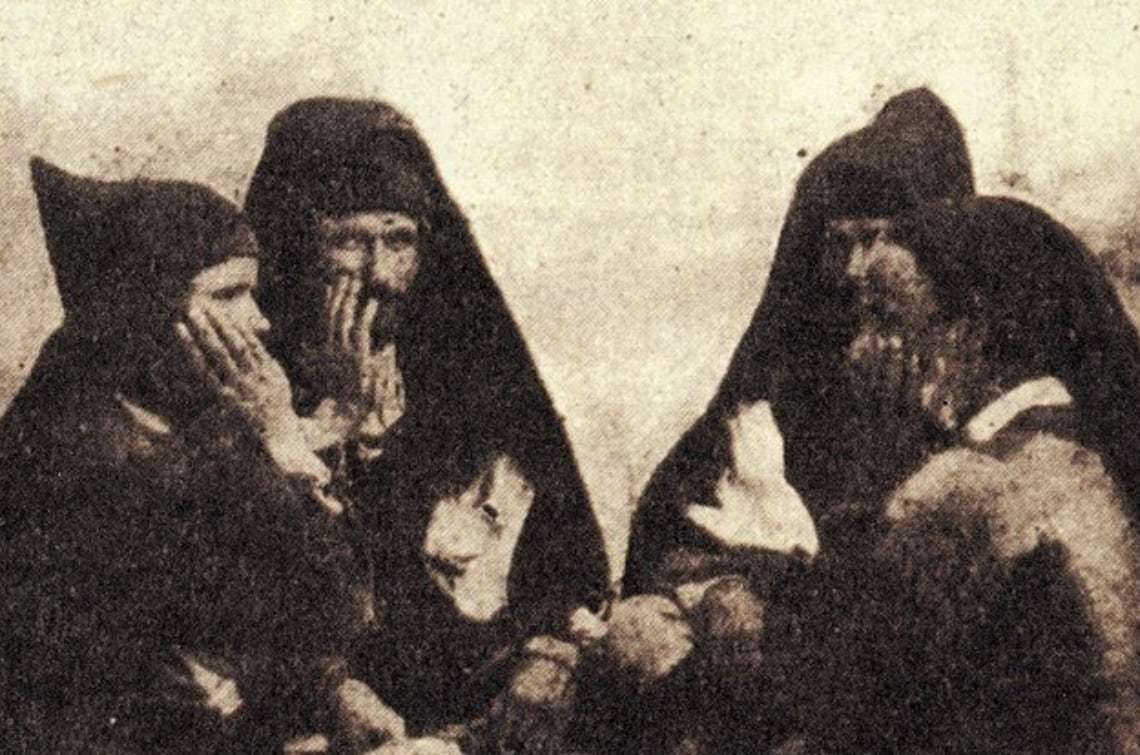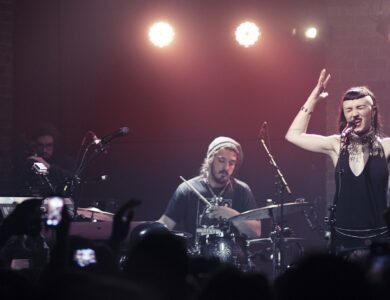The canto a tenore, a Unesco heritage site

INDICE ARTICOLO
The canto a tenore is the most archaic ethnic-musical expression of central Sardinia and proves the existence of polyphonic practise in ancient times.
It is made by four singers called:
1. Bassu (bass)
2. Contra (alto)
3. Mesu oghe (half voice)
4. Oghe (voice)
They are arranged in a circle, re-proposing the architectural form of the ancient Sardinian civilization, the Nuragic one.
The roles of canto a tenore
We are faced with a very particular way of singing, especially as a vocal emission, therefore very interesting from a timbral point of view.
Two of the four voices are guttural: su bassu (bass) and sa contra (high). These voices are characteristic of canto a tenore. Su bassu, with a low and deep sound and a characteristic vibrato, maintains the same tonality of the lead voice, which is the fundamental of the triad on which the polyphony of the tenor is tuned; a fifth above is the contra which is characterized by a more linear, metallic and less vibrated sound.
Contra and bassu proceed in parallel in scanning the syllables no-sens (bim bam boo). The other voices don’t change notes before the nod proposed by the solo voice (sa oghe).
The mesu oche, which enriches the singing with embellishments, blooms and with the typical giratas (vocal virtuosities), integrates with the two guttural voices creating an original harmonic accompaniment (called su tenore).
This voice can stop and wait for the response of the tenor in the cantos isterrita and muttos or continue to merge with the choir in the remaining cantos.
When was the canto a tenore born?
It is difficult to establish the origins of canto a tenore; according to some, it dates back to about 4000 years ago. This type of song seems to be closely rooted in pastoral life, in solitude in the countryside, and in close contact with livestock and nature.
Animals and nature are probably the source of inspiration for these voices.
The contra probably arises from the imitation of the sheep’s sound, su bassu from the cow and the mesu oche from reproducing the sound of the wind.
Video
Infoweb (July 2022)
Reed the article: Stand Up





